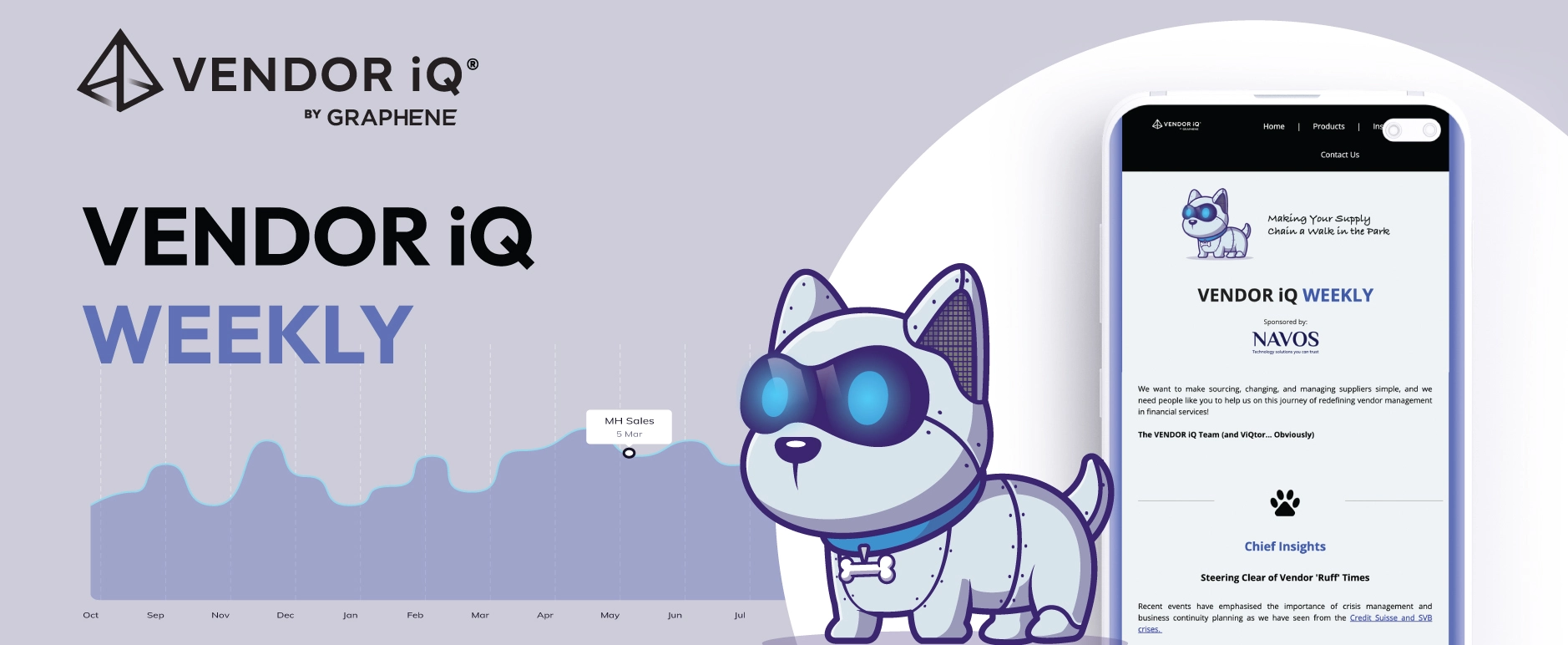Third-Party Risk Blind Spots: Are You Leaving Your Business Exposed?
Third-party relationships are essential, however, with these critical partnerships come risks that are often overlooked until it’s too late. Many organisations believe that signing a contract and setting expectations is enough to protect them from third-party risks. Unfortunately, the reality is much more complex.
While businesses may take some measures to manage third-party risks, they often have hidden blind spots that can lead to significant operational disruptions, financial losses, and reputational damage. Let’s dive into the most common blind spots businesses face in third-party risk management and explore how to close these gaps before they become costly problems.
Blind Spot #1: Incomplete Vendor Risk Assessments
When onboarding new vendors, businesses may focus too heavily on financial stability or service delivery. However, failing to conduct a comprehensive risk assessment that includes cybersecurity, data privacy, and regulatory compliance can leave businesses vulnerable to breaches, fines, and service disruptions.
How to Close the Gap: A thorough vendor risk assessment should include not only financial reviews but also assessments of the vendor’s security protocols, regulatory compliance track record, and disaster recovery plans. Regularly re-evaluating these risks as part of ongoing vendor monitoring will ensure that your organisation stays protected as circumstances change.
Blind Spot #2: Over-Reliance on Contracts
Contracts are designed to protect both parties, but relying too heavily on contractual agreements without real-time oversight of third-party performance can be a recipe for disaster. Even well-drafted contracts can’t account for real-world changes in vendor behaviour or unforeseen operational failures.
How to Close the Gap: Develop continuous monitoring practices that go beyond the contract. This might include setting up automated alerts for any red flags, such as financial instability, compliance violations, or significant changes in vendor operations. This real-time monitoring can help prevent minor issues from snowballing into major operational disruptions.
Blind Spot #3: Neglecting Fourth-Party Risks
Focusing solely on your direct third-party relationships can be a dangerous blind spot. Many vendors rely on their own third-party providers (fourth parties) to deliver services, and if they face disruptions, your business will feel the impact too.
How to Close the Gap: Incorporate fourth-party risk assessments into your third-party management program. Ensure that your vendors have robust risk management strategies for their own suppliers, and request transparency into their supply chain. Tools like real-time data analytics and supplier risk dashboards can give you visibility into fourth-party vulnerabilities.
Blind Spot #4: Lack of Cross-Departmental Communication
In many organisations, different departments interact with third parties without a unified approach to managing risks. This can result in fragmented risk management efforts and missed warning signs.
How to Close the Gap: Establish a centralised third-party risk management framework that encourages collaboration across departments. Regularly sharing vendor performance and risk data across teams, including procurement, IT, legal, and compliance, ensures a comprehensive understanding of vendor risks and a coordinated response to potential threats.
Blind Spot #5: Insufficient Incident Response Planning
When a vendor experiences a breach or operational failure, how quickly and effectively you can respond is critical. Many businesses lack a clear incident response plan that includes their third-party vendors, leaving them exposed to delays, confusion, and prolonged disruptions.
How to Close the Gap: Develop a detailed third-party incident response plan that outlines clear communication protocols and recovery steps in case of a vendor failure. This should include defined roles and responsibilities for both your internal team and the vendor, as well as regular drills to ensure readiness.
Blind Spot #6: Failure to Continuously Monitor Vendor Compliance
Many businesses conduct compliance checks only during the onboarding process, failing to realise that compliance is an ongoing responsibility. Over time, vendors may fall out of compliance with regulations, creating significant risks for their clients.
How to Close the Gap: Invest in continuous compliance monitoring. Automated tools can track vendor adherence to regulations such as GDPR, DORA, and industry-specific requirements. If a vendor falls out of compliance, you’ll receive real-time alerts, enabling you to take corrective action swiftly.
Closing the Gaps with Data-Centric Solutions
Managing third-party risks requires more than just initial due diligence; it demands a proactive, continuous approach. Data-centric solutions can be a game-changer, providing real-time insights and predictive analytics to help you identify blind spots early and respond swiftly.
VENDOR iQ is a leading example of how data-driven insights can transform third-party risk management. Through real-time monitoring, automated risk assessments, and compliance tracking, VENDOR iQ helps organisations gain full visibility into their supply chains, reducing exposure to unseen risks. Our platform empowers businesses to make data-backed decisions, ensuring that both third- and fourth-party risks are managed effectively, protecting your organisation from disruption.





